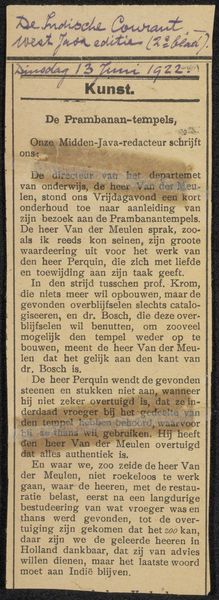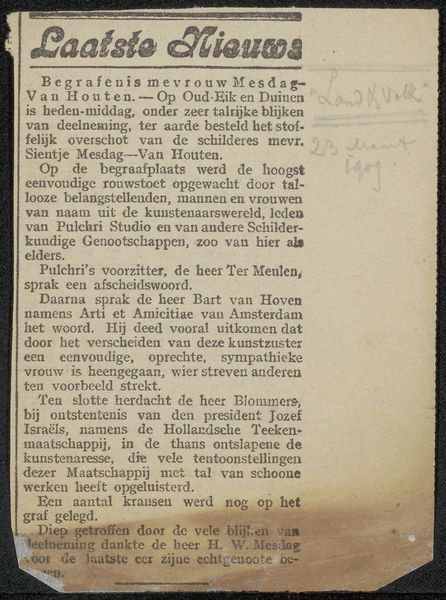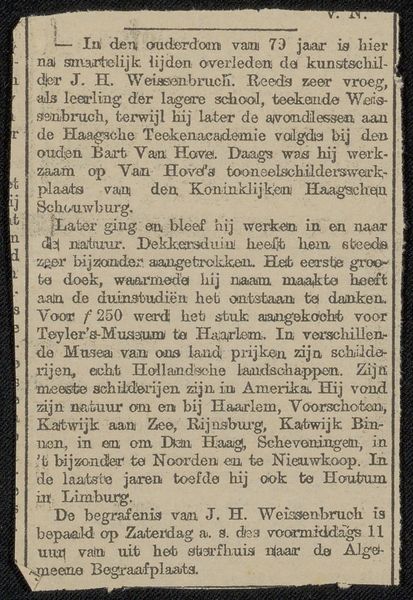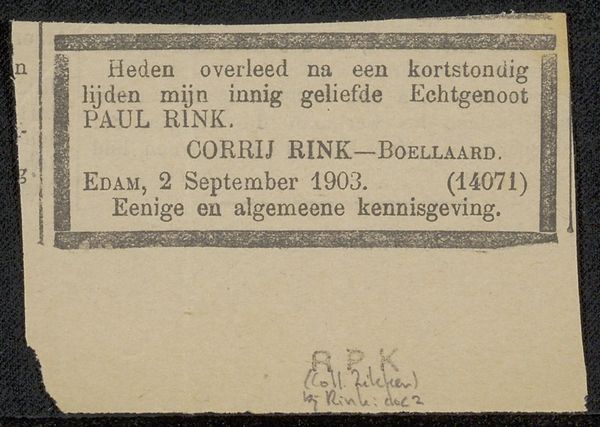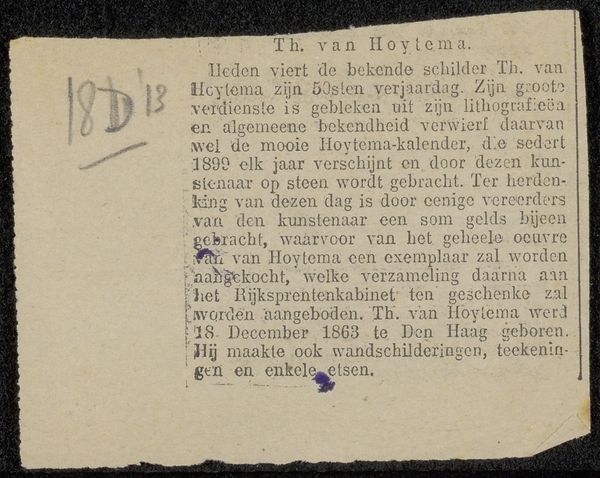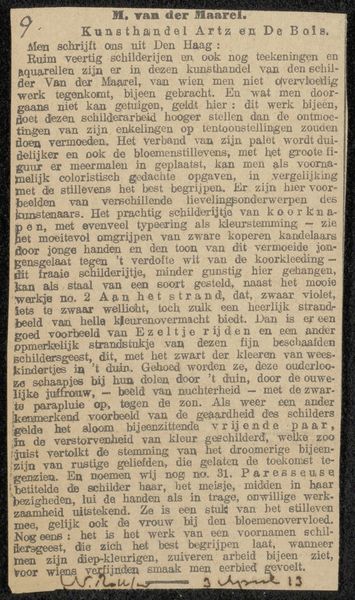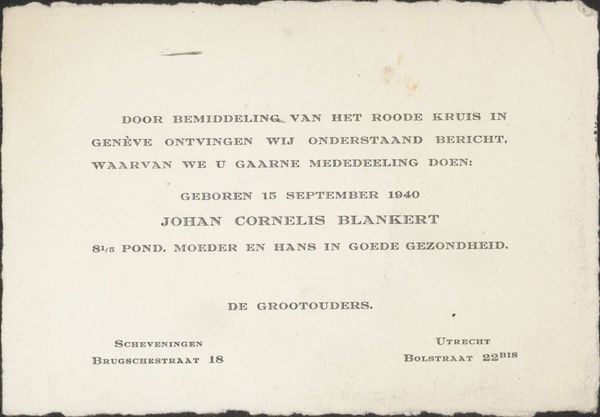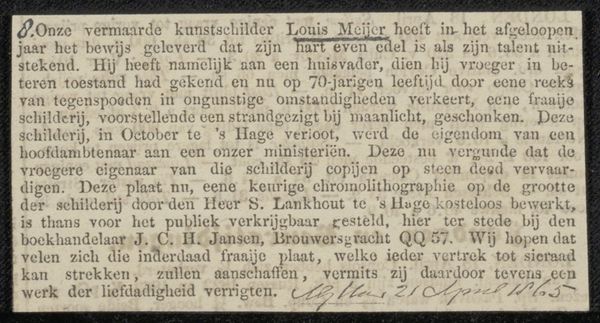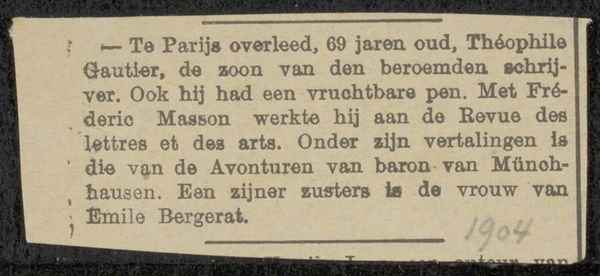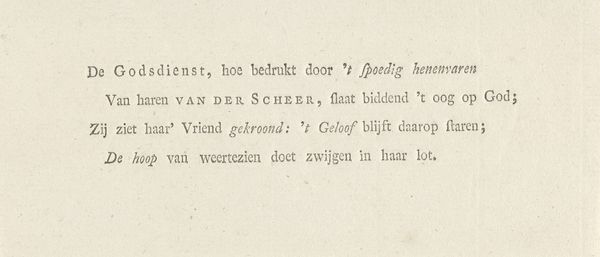
graphic-art, print, paper
#
graphic-art
#
hand-lettering
# print
#
hand drawn type
#
hand lettering
#
paper
#
personal sketchbook
#
hand-written
#
hand-drawn typeface
#
fading type
#
stylized text
#
sketchbook drawing
#
sketchbook art
Copyright: Rijks Museum: Open Domain
Curator: Here we have "Krantenknipsel uit archief Philip Zilcken," a newspaper clipping from the Philip Zilcken archive, created sometime between 1867 and 1930. It's currently held at the Rijksmuseum. Editor: Immediately striking! It feels like a raw, almost vulnerable fragment of a bygone era. The material, a seemingly delicate piece of aged paper, really grounds it in its history. What do you see in it? Curator: The handwritten notations suggest a deeply personal connection to the text. Notice how certain phrases are underlined, almost as if marking moments of emphasis, inviting reflection. The clipping showcases society's cultural memory related to debates surrounding a "litteraire opinie over de Dreyfus-zaak." It gives access to contemporary reaction and feelings about the case and its social implications. Editor: Yes, there’s an intimacy that’s at odds with the printed nature of the clipping. You can almost feel someone handling this object, poring over it, underlining and annotating. This emphasis on hand-lettering and the way it interacts with the mass-produced print is really intriguing. Was it common to see this sort of thing? Curator: It suggests a personalized interaction with mass media. This sort of close reading was a way of claiming agency in the face of growing industrialization. In a world increasingly dominated by print, to mark something by hand signifies ownership, an interpretive act of reclamation, of deeply considering the cultural meaning. Editor: That tension between the individual and the mass produced interests me most. The very act of archiving—preserving a scrap of newspaper—speaks to a specific value system. Somebody thought this small fragment, likely reproduced on an industrial scale, was worth keeping. The labor of its making then extends into its conservation. Curator: The use of multiple languages is noteworthy, reflecting an audience accustomed to navigating diverse cultural spaces and indicating how those navigating different spaces negotiated national identity at the turn of the century. Editor: Looking at it this way definitely changes my perspective. It’s less about the news it reports and more about the ways in which it came to be and to be valued, both then and now. Curator: Indeed, the text embodies a symbolic charge related to an episode of contentious intellectual life. Editor: A single printed item can really reveal so much, once you look closely at all of its materiality.
Comments
No comments
Be the first to comment and join the conversation on the ultimate creative platform.


